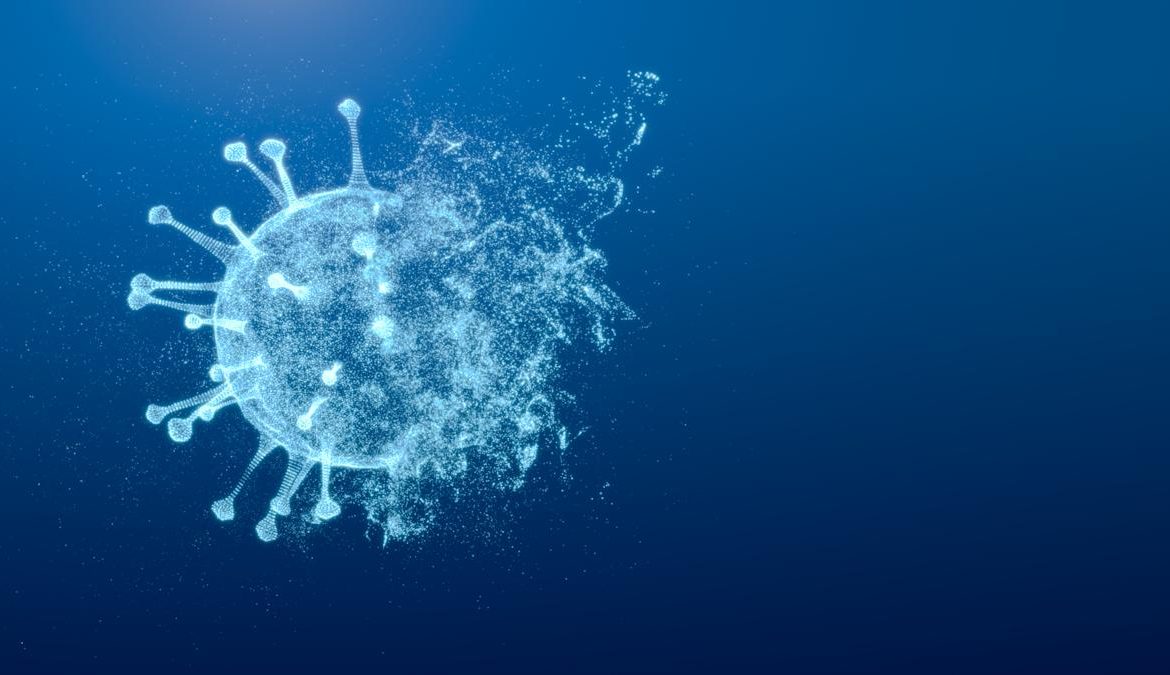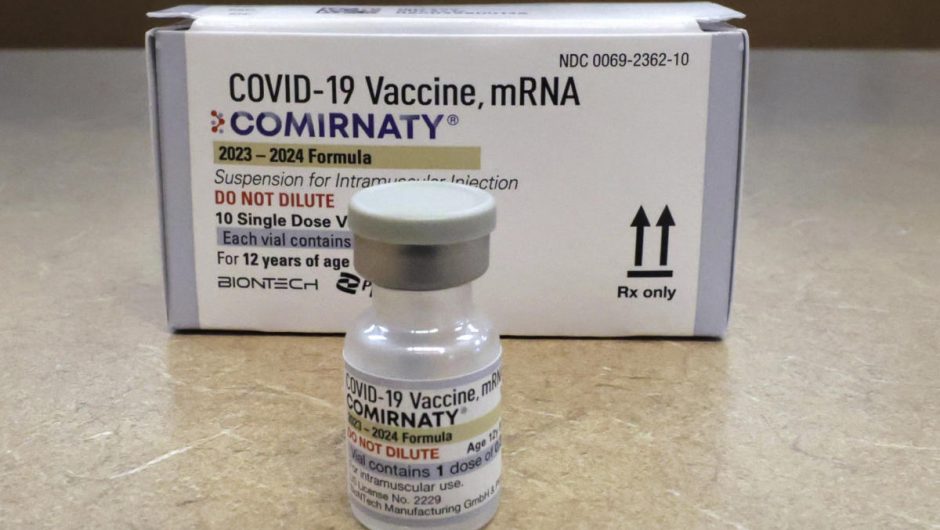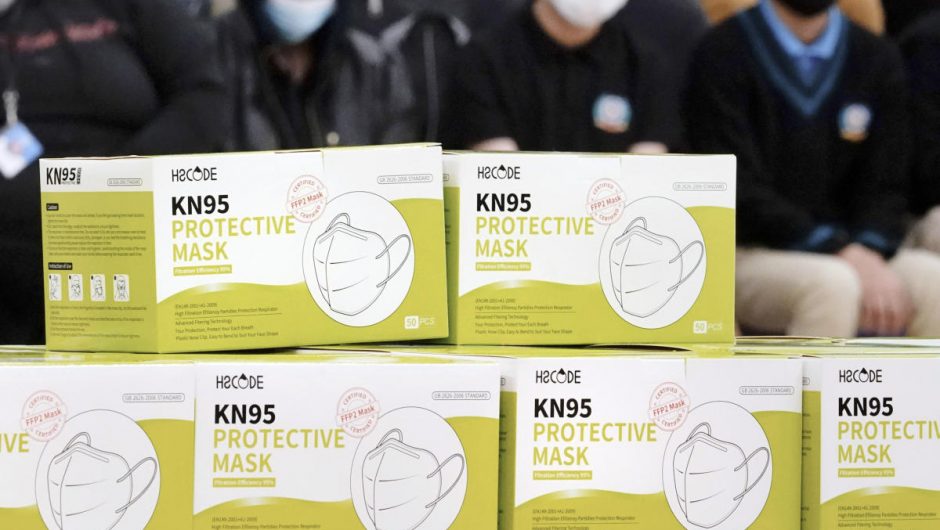[ad_1]
More than two years into the COVID-19 pandemic, most Americans have some immunity against the virus — either by vaccination or infection, or a combination of both. But there have been some rare cases in which certain unvaccinated people seem to have been able to dodge the virus despite being repeatedly exposed to it. This has raised the question of whether it is possible that some people are simply immune or resistant to COVID-19 without having had the virus or a vaccine.
Scientists have been trying to understand if such a resistance to COVID-19 exists and how it would work. Studying these cases, researchers say, could help the development of new vaccines and therapeutics against the disease, which has now taken more than 990,000 American lives.
“It’s been a hard thing to talk about publicly because you say things and then people go, ‘Oh, that must be me, because I haven’t been infected yet,’ when in fact, you know, you may not have been infected because you just got lucky so far,” Shane Crotty, a virologist and professor at the La Jolla Institute for Immunology, told Yahoo News.
Crotty said he and other experts have been cautious to talk about this topic because it is something that is still being studied, and for which there are no clear answers yet.
“Risking a life-threatening illness because you think something that you don’t actually know is a dangerous proposition. Most of us [scientists] have tried to be pretty careful. … Look these aren’t things we know, but they are possibilities,” he added.
A simple potential explanation is that some of those who have not gotten COVID have just been lucky, Crotty said. It could also be that their behaviors, like wearing a mask properly or avoiding certain situations that would put them at risk of contracting the disease, may have kept them protected.
“We rarely know unless it’s a household member who we got COVID from, so maybe you just haven’t been exposed or you’ve been exposed at low levels,” Catherine Troisi, an infectious disease epidemiologist at the University of Texas School of Public Health in Houston, told Yahoo News. “The other explanation, which I think probably counts for a fair proportion of these cases, is that you have had it. We know that a lot of cases are asymptomatic. You aren’t sick, so you don’t know that you had it,” she said.
Story continues
But scientifically speaking, Crotty said, there are two potential explanations that may explain why some people could have a much greater resistance to SARS-CoV-2, the virus that causes COVID-19, than others. One idea is that some people may clear the virus rapidly, before it reaches detectable levels, due to existing immunity to other coronaviruses like those that cause the common cold.
There are more than 200 types of common cold viruses — four of which are coronaviruses, comprising about 30% of all common cold infections. According to the Centers for Disease Control and Prevention, most people get infected with one or more of these seasonal coronaviruses at some point in their lives.
“The main idea there would be that there are T-cell responses that certain people happen to make in response to certain coronaviruses they’ve had before, that may provide a degree of protection that other people just don’t happen to have,” Crotty said.
T cells are an important part of the immune system that help us fight some viruses. While antibodies, such as those acquired from a vaccine or a previous infection, attack a virus as it enters the body, T cells act as another line of defense once the virus has made it into the body, by preventing the virus from multiplying and causing severe disease. Scientists call these T cells that seem to be effective against different types of coronaviruses “cross-reactive.”
Crotty and his colleagues were among the first to publish a study on this topic, back in May 2020. The scientists analyzed blood samples from people who had been infected with SARS-CoV-2 and then compared that with blood samples of people who had never been infected with the virus.
“Labs around the world have all shown that these cross-reactive T cells do exist, and they exist in approximately 50% of people depending on how you measure them,” Crotty said.
Another study of health care workers in England published in November of last year had similar findings. The study evaluated a group of U.K. health care workers during the first wave of the pandemic who were exposed to the virus but didn’t develop COVID-19. Researchers found that the presence of cross-reactive memory T cells among some of the participants contributed to “the rapid clearance of SARS-CoV-2 and other coronavirus infections.”
But, Crotty said, this is something that scientists need to continue to study. “There’s no study that just nails it because it’s a very hard study to do,” the professor said. He and his team are determined to find some answers; they have enrolled people who have never been infected and have never been vaccinated, and they plan on monitoring them over time.
These T-cells response studies, he said, will play an important role in the development of new COVID-19 vaccines. In fact, there are already different groups of scientists working on shots targeting T cells specifically.
Our current vaccines are designed to teach B cells, a type of white blood cell, to produce antibodies that recognize and bind to proteins found on the virus’s surface, such as the spike protein, which is the part of the virus that helps it attach to cells. When antibodies are present, the virus can’t infect the cell. But the main challenge has been that the coronavirus spike protein mutates frequently, which gives the virus an advantage because it can evade any antibodies that no longer recognize it.
Some experts believe T-cell vaccines could be more effective, because these cells are able to recognize other parts of the virus that may not mutate at the same rate as the spike protein. Vaccines targeting T cells may also provide longer-term protection against severe disease, since studies have shown that antibodies wane a few months after vaccination.
Another potential explanation for COVID-19 resistance is that some people may have innate immunity, meaning that there are genetic factors that protect them from a SARS-CoV-2 infection.
Neville Sanjana, an assistant professor of biology at New York University and a core faculty member at New York Genome Center, has been studying potential genetic factors underlying COVID-19 resistance. He says one place of interest that may provide some answers is the virus’s entry mechanism, which in the case of SARS-CoV-2 is a specific protein that allows the virus to infect human cells called the angiotensin-converting enzyme 2, or ACE2 receptor.
Mutations in the ACE2 receptor, Sanjana says, will make it harder for the virus to get in. Viral resistance due to these types of mutations has already been demonstrated against other viruses such as HIV.
“We know that there’s an entry receptor similar to the one that we’ve identified for SARS-CoV-2, but it’s a different gene,” he said. “With HIV, the virus that causes AIDS, the entry receptor is CCR5, and we know that there are some people who naturally have a mutation that gets rid of CCR5 … and this leaves them virtually immune,” he added.
Besides studying possible mutations in the entry receptor, Sanjana said, scientists have been looking at other genetic variations across the human genome.
“The human genome has about 20,000 genes in it, and we really don’t know which of those genes might influence key cells like the cells in our airway epithelium or in our lungs, which we think is the route of entry for SARS-CoV-2,” he said, adding that some of those genes might make people more or less vulnerable to COVID-19.
A collaborative project called the COVID Human Genetic Effort has been studying thousands of people across different countries, looking for genetic variations that might reveal why some people never get COVID-19, as well as why certain people get so sick while others don’t.
Sanjana said these studies are important for the development of the next generation of therapeutics.
“Most of the therapeutics that we have, whether remdesivir or Paxlovid, work on the virus. They target the virus. They target the viral genes,” he said. “You might imagine that if you understood what the key host genes are … what we could do is maybe design other therapies that target those genes.”
Cover thumbnail photo: MR.Cole_Photographer via Getty Images
How are vaccination rates affecting the latest COVID surge? Check out this explainer from Yahoo Immersive to find out.
[ad_2]
Source link




